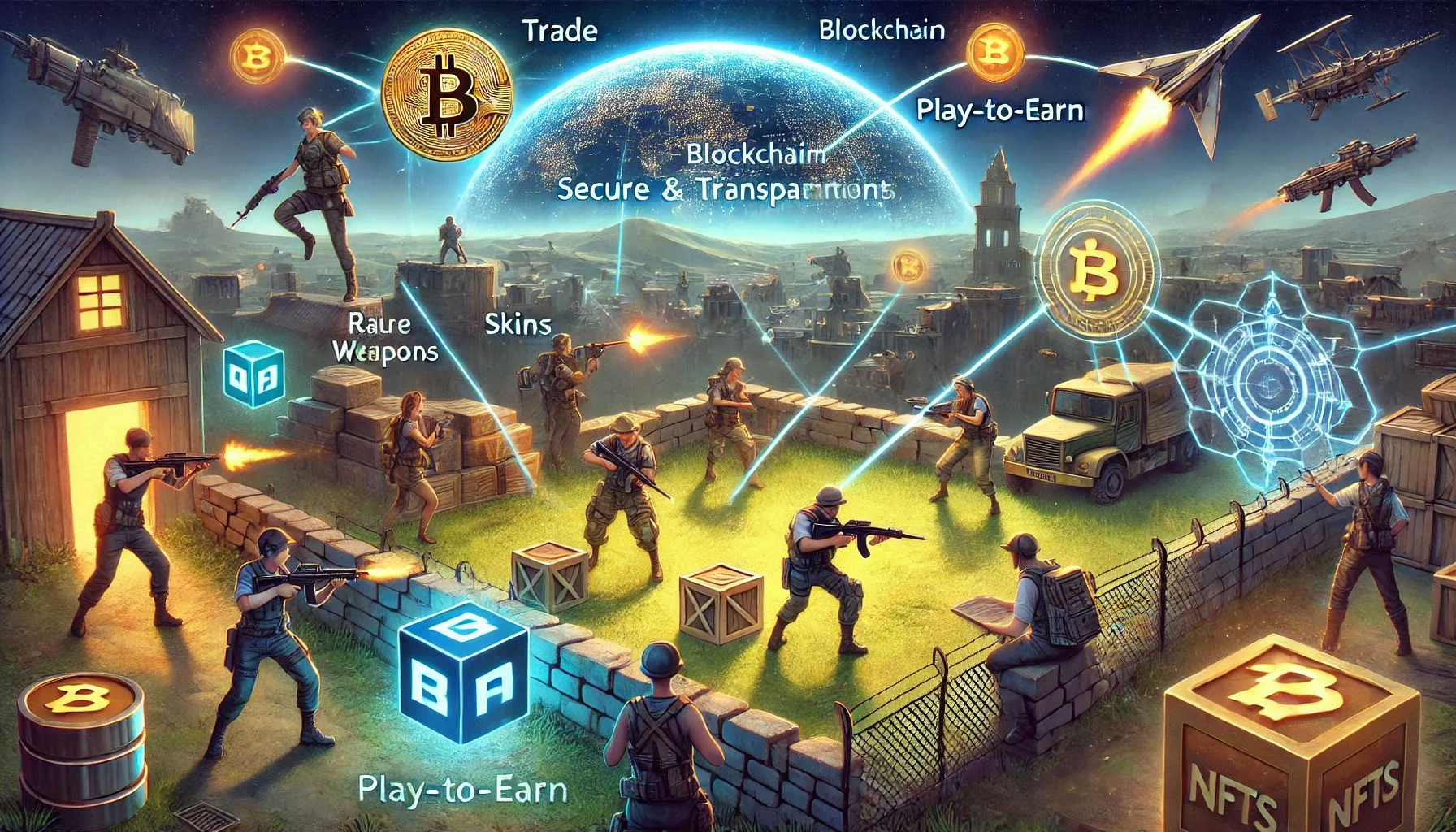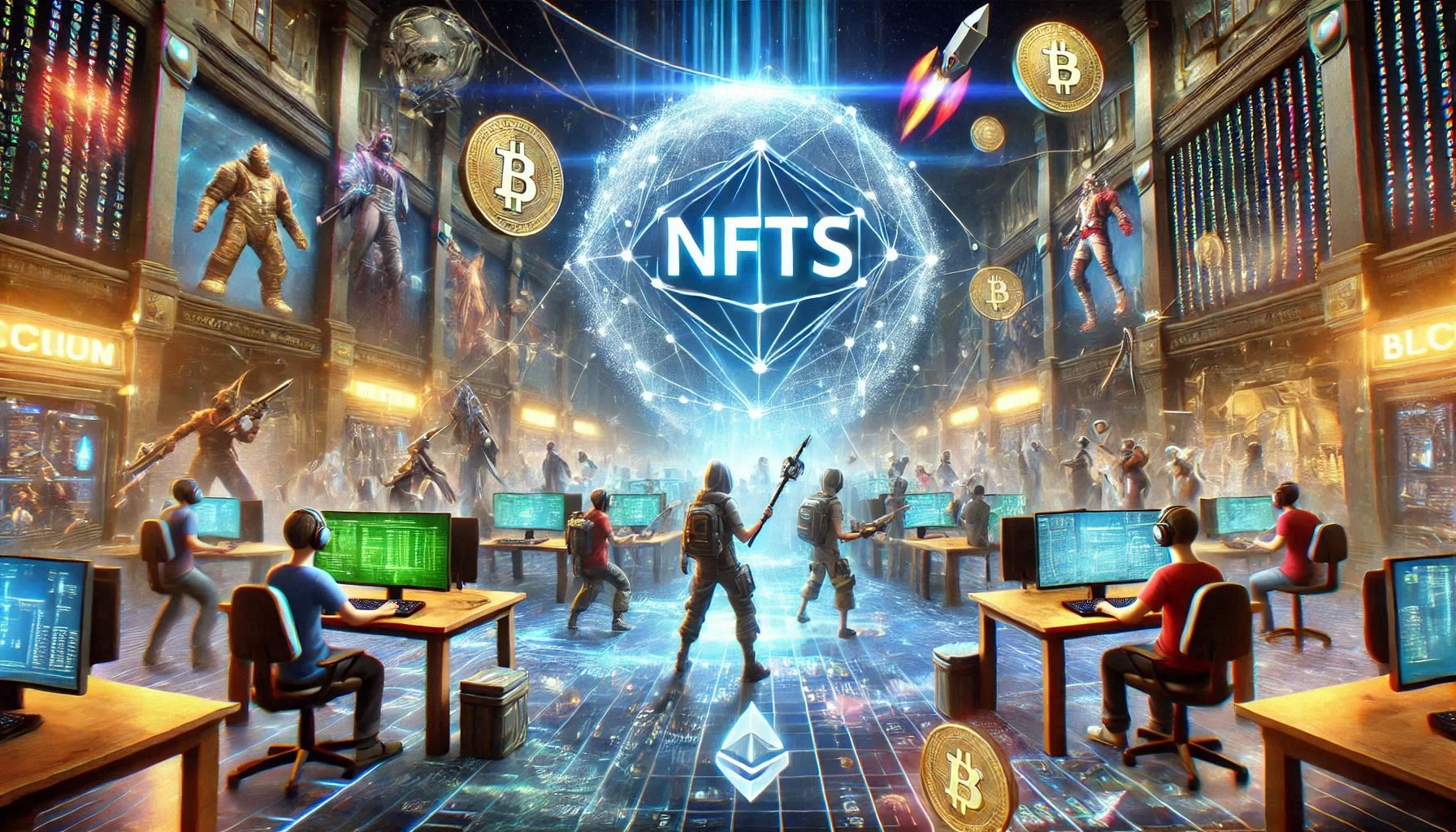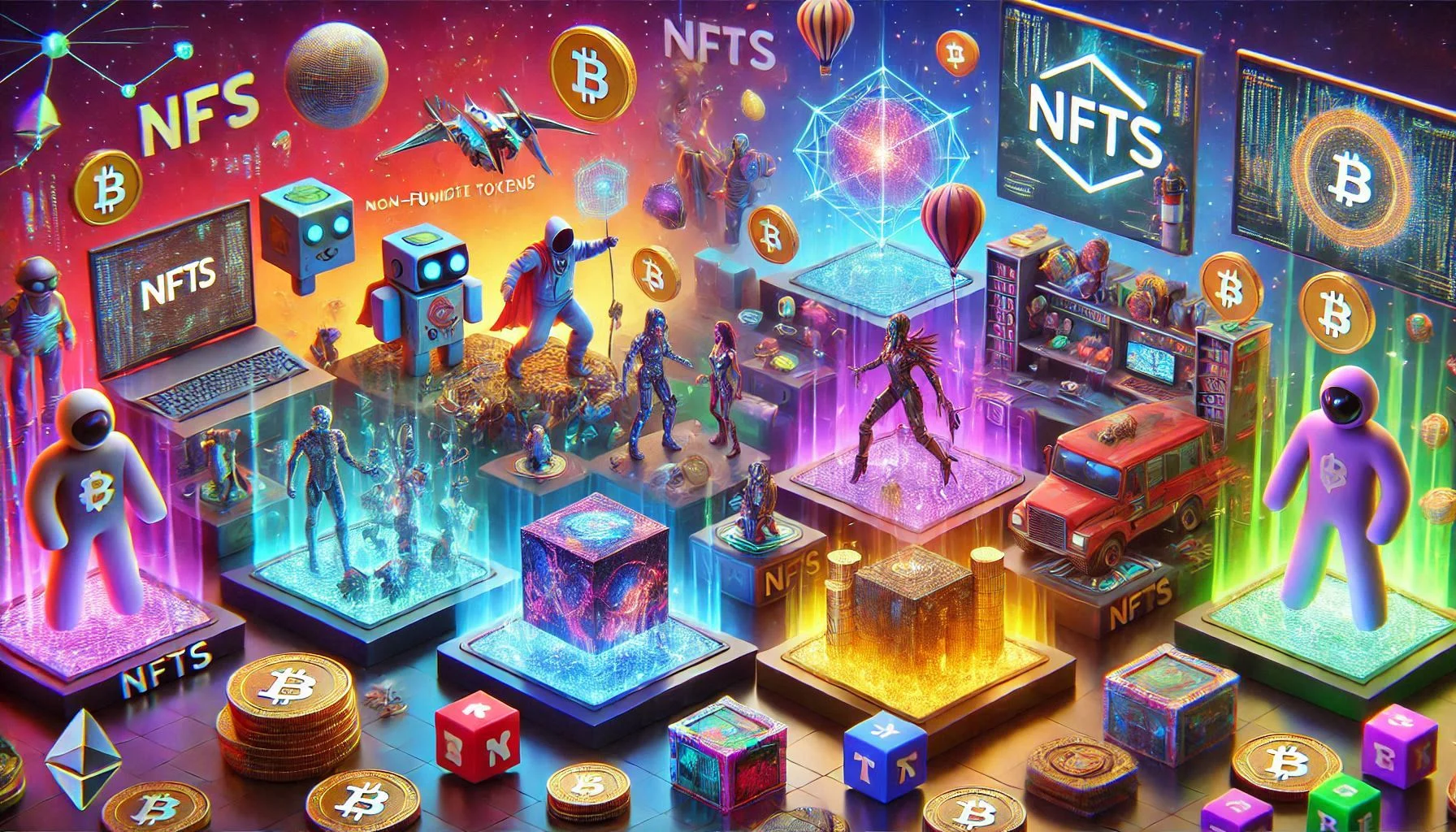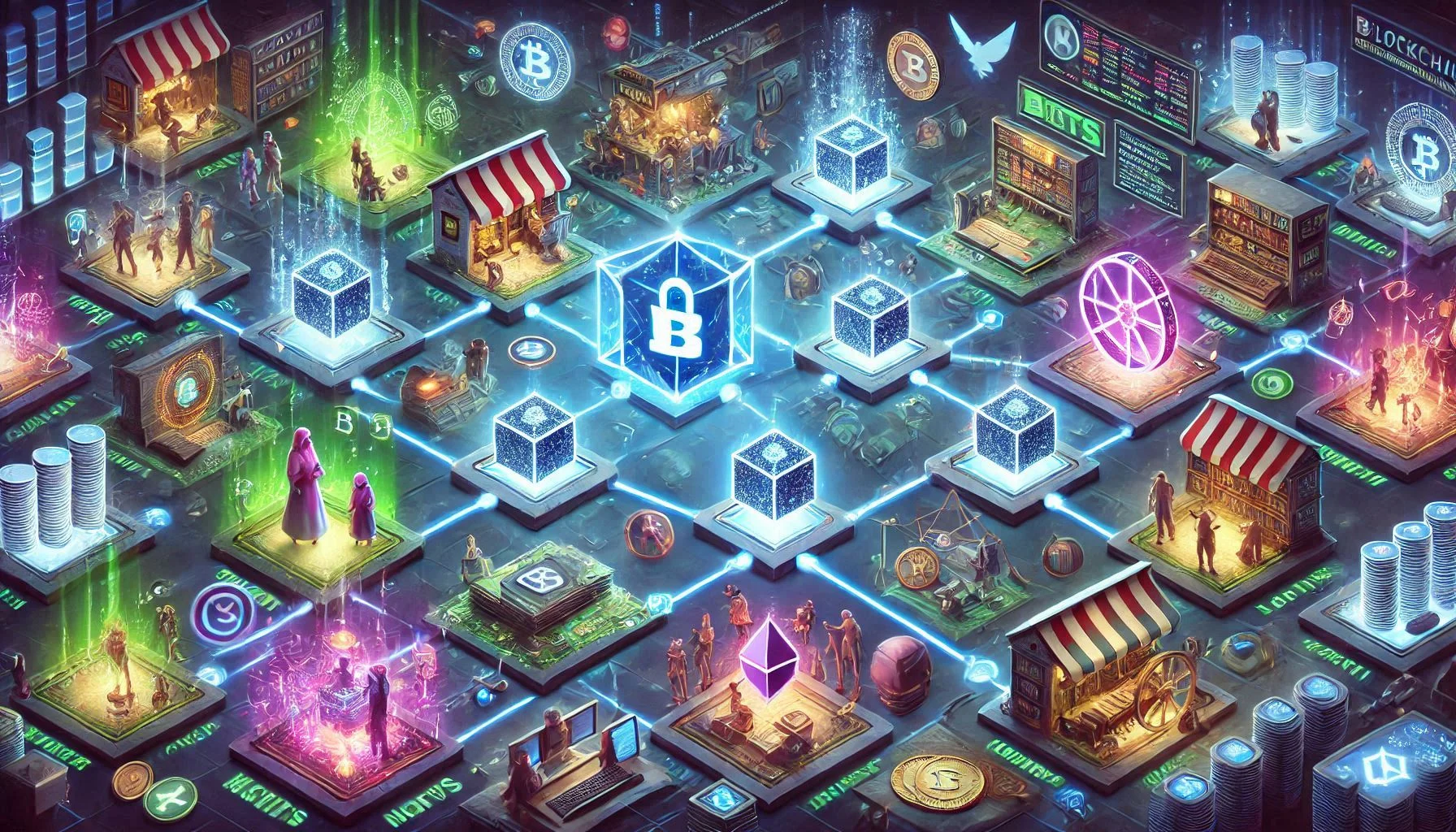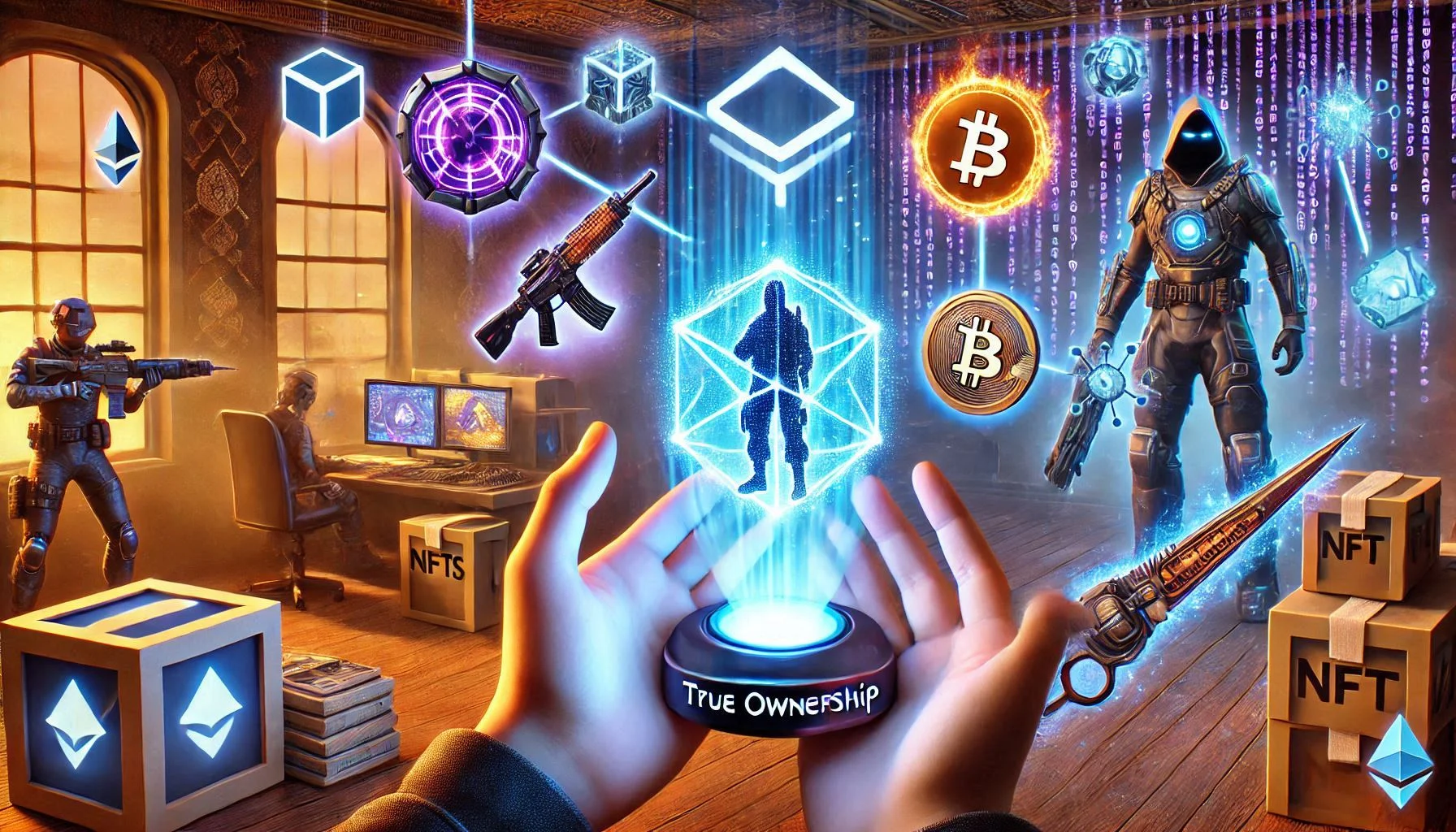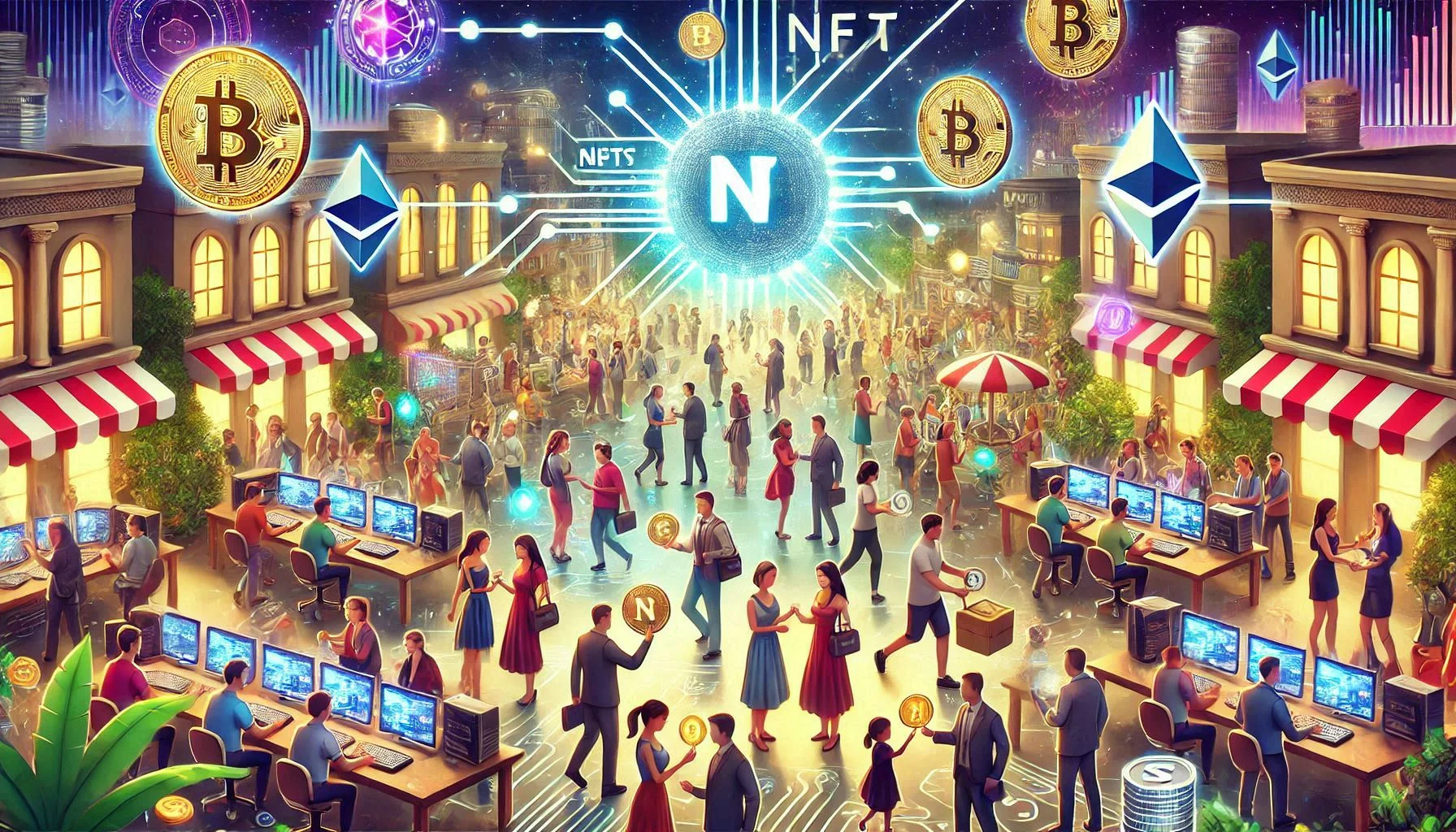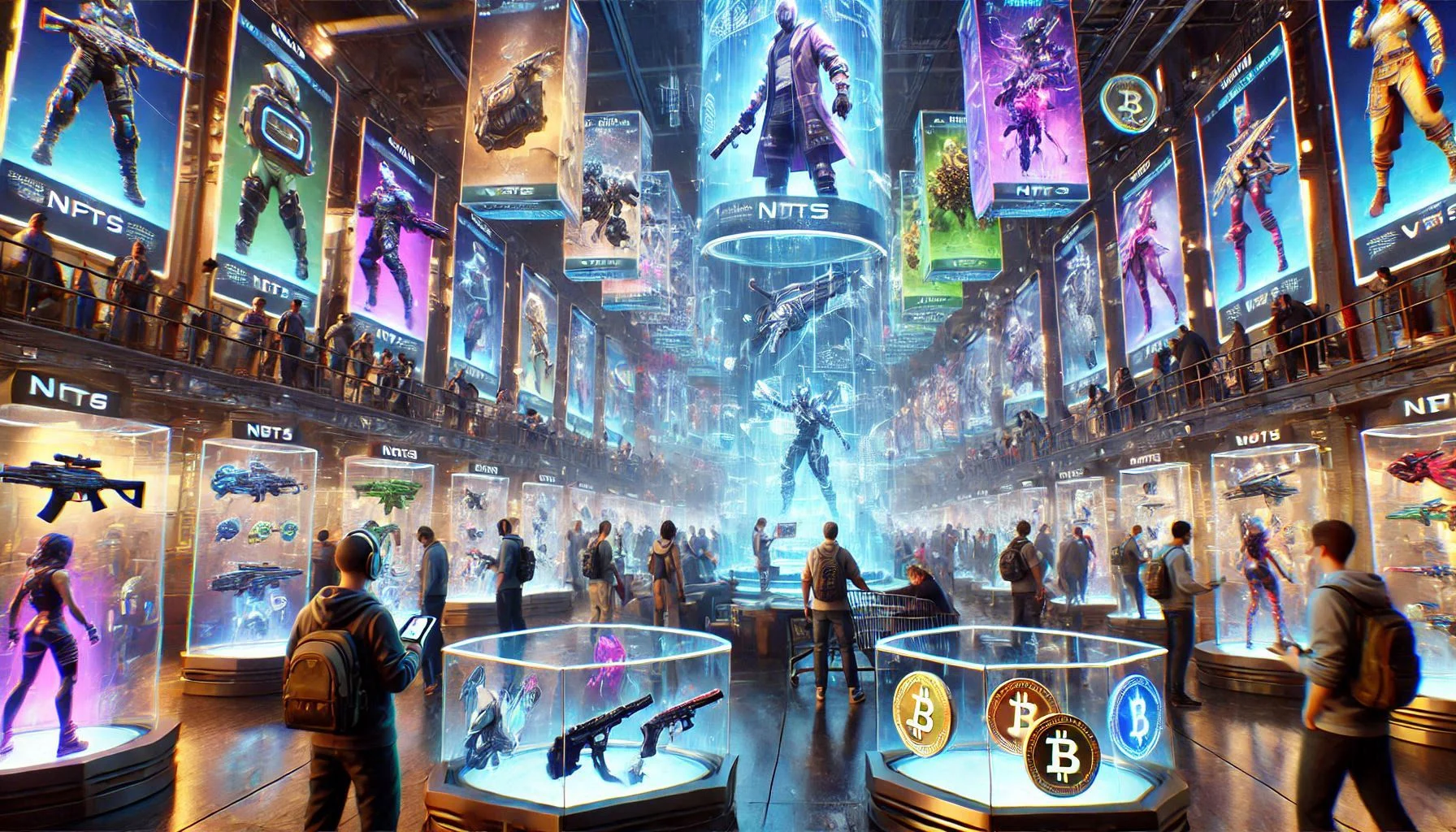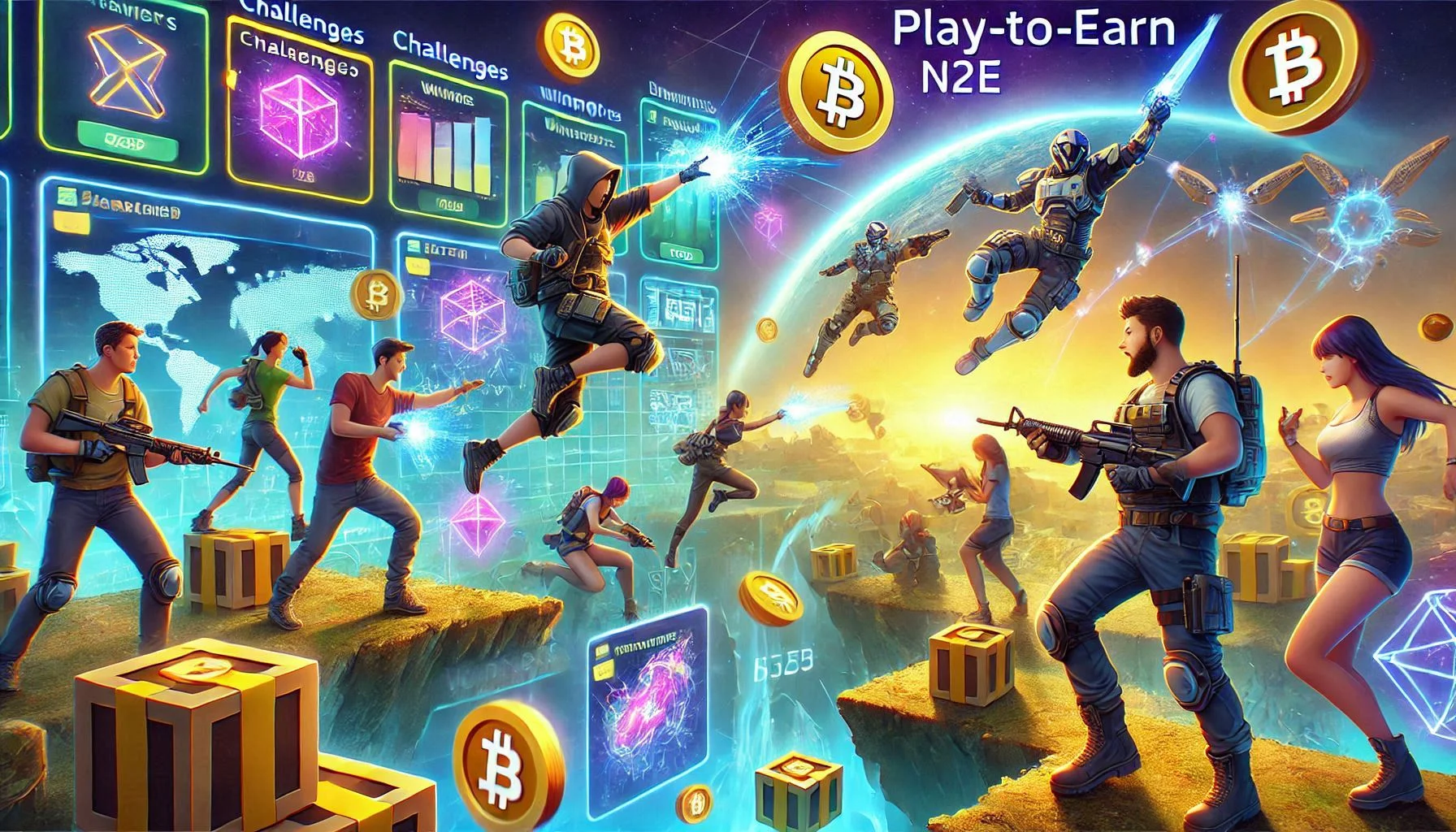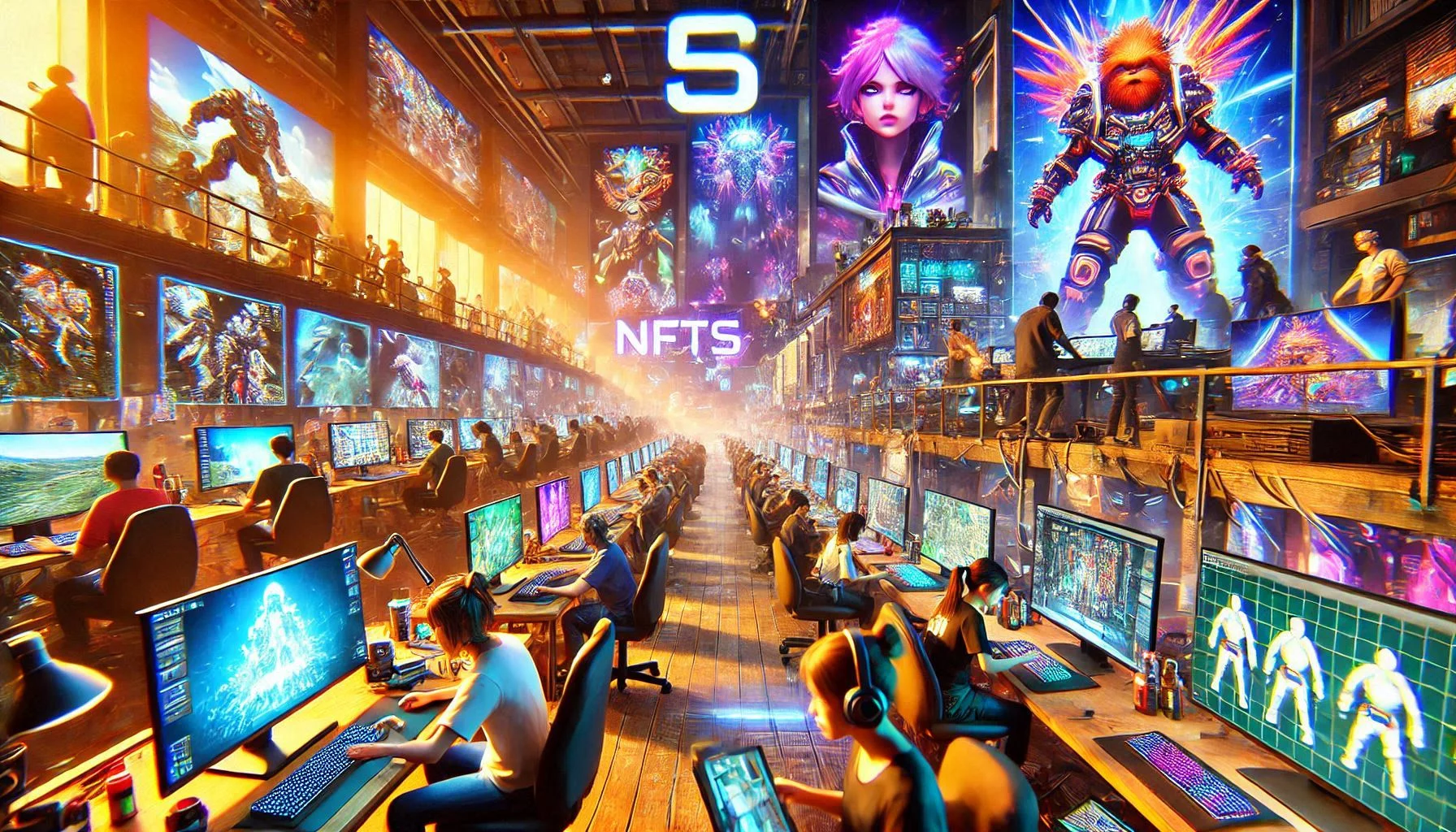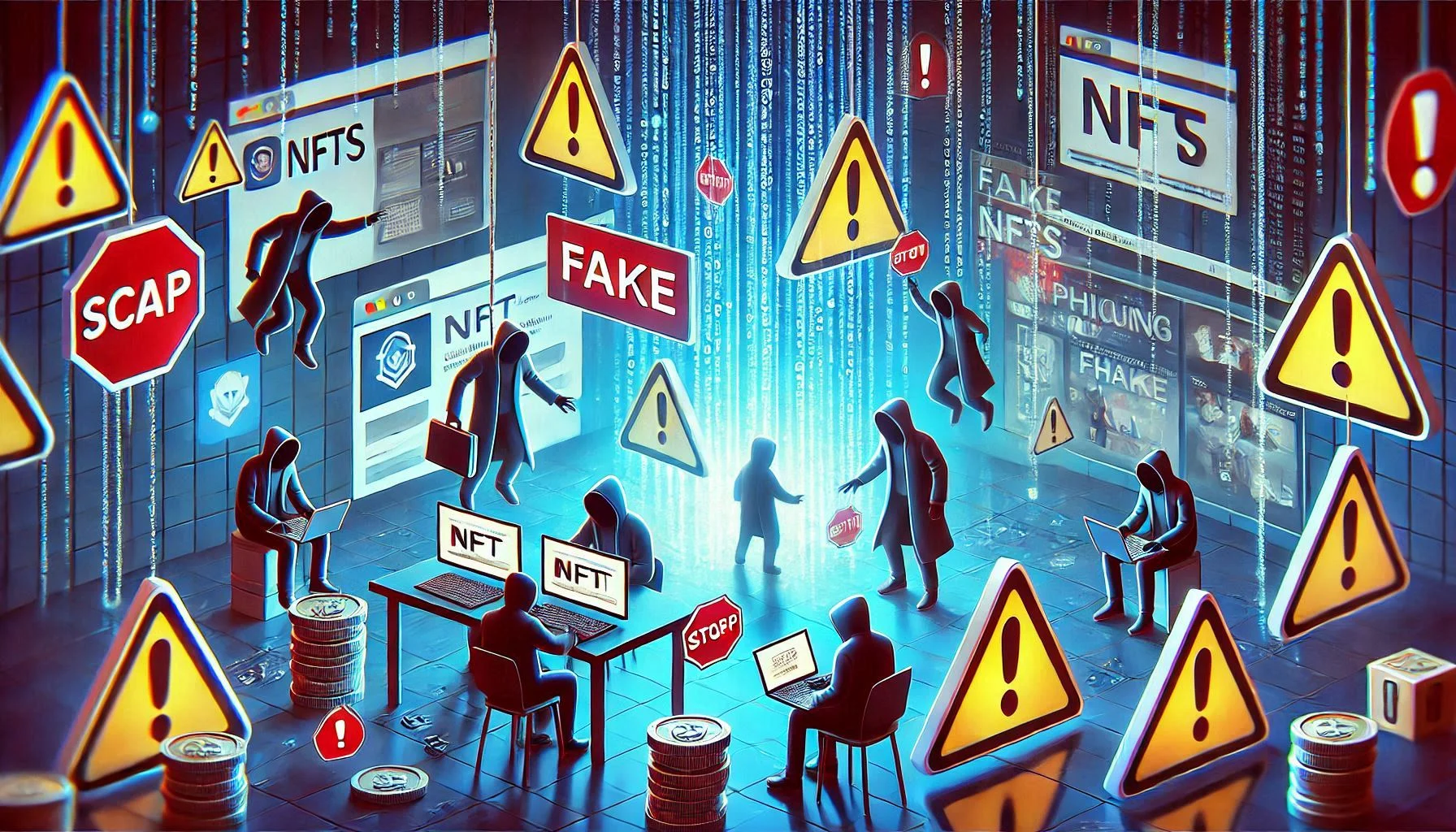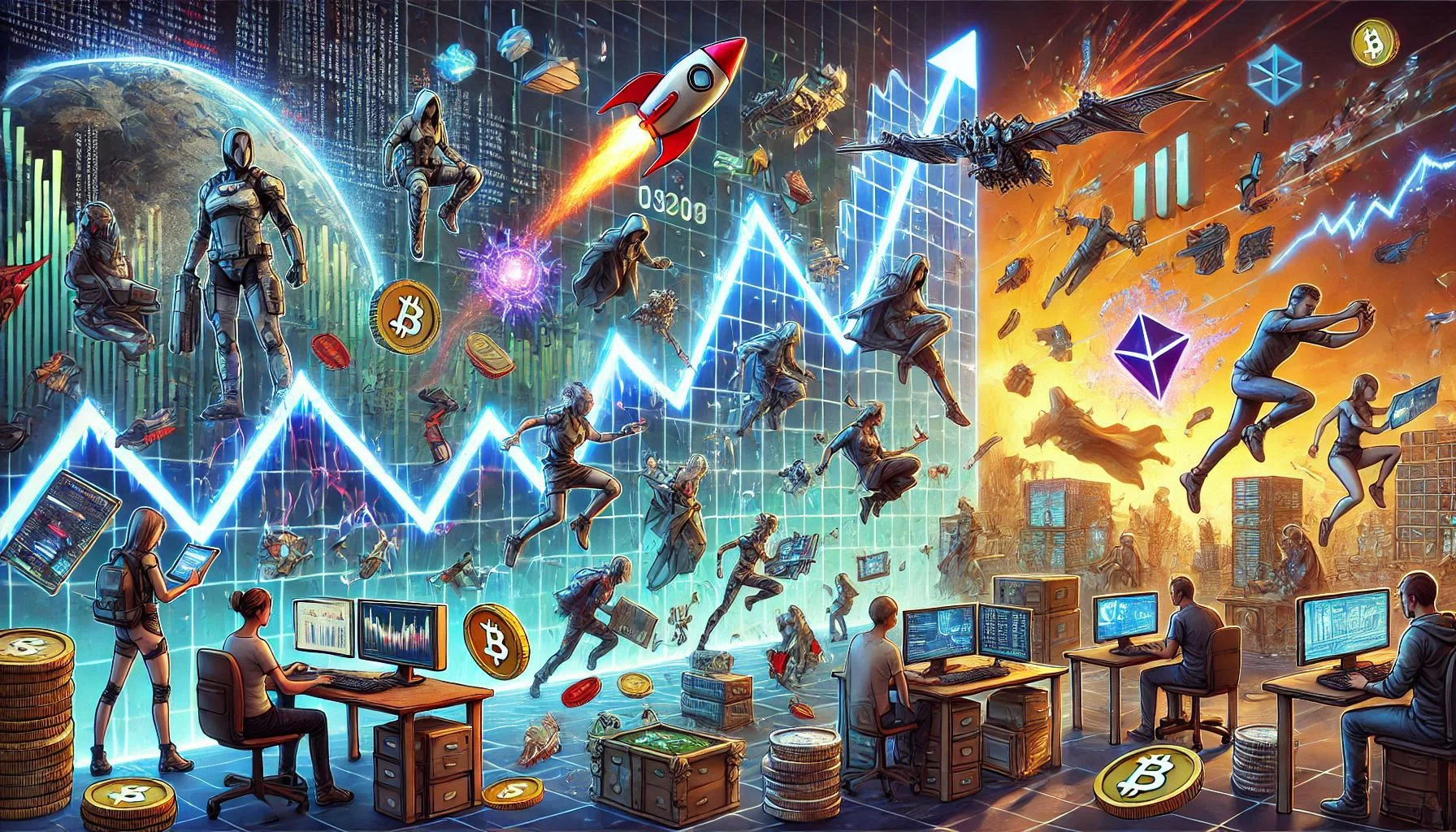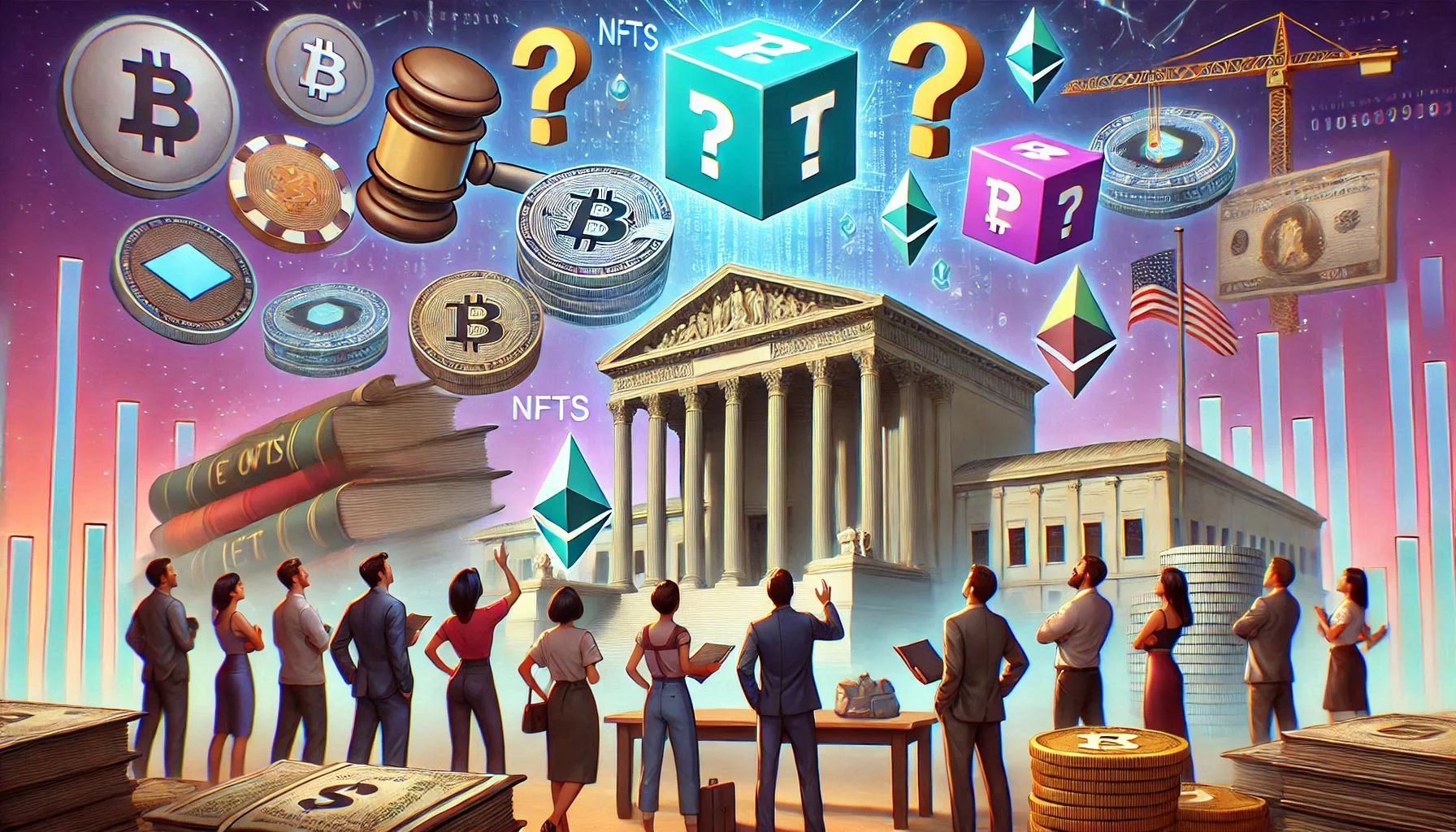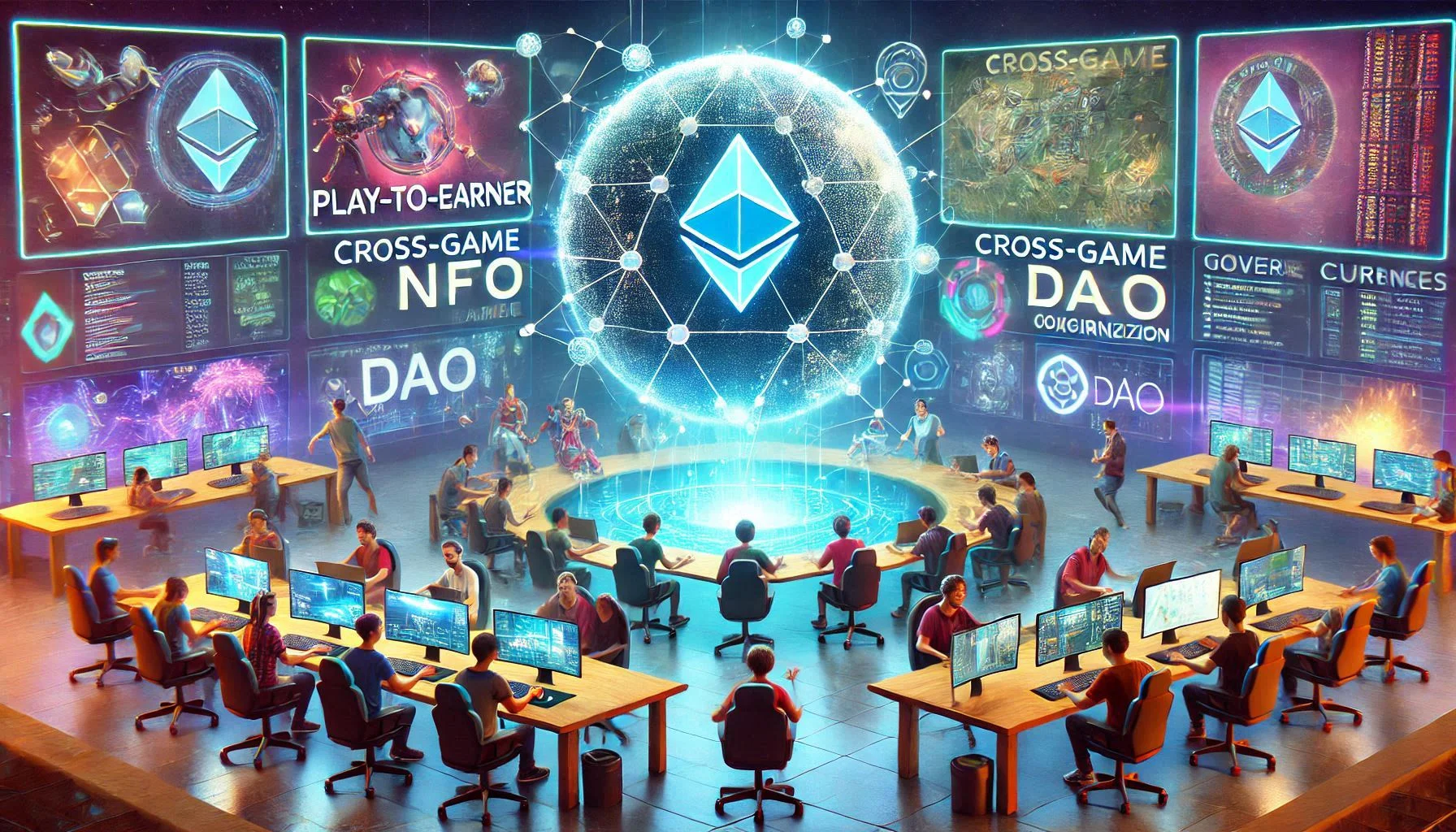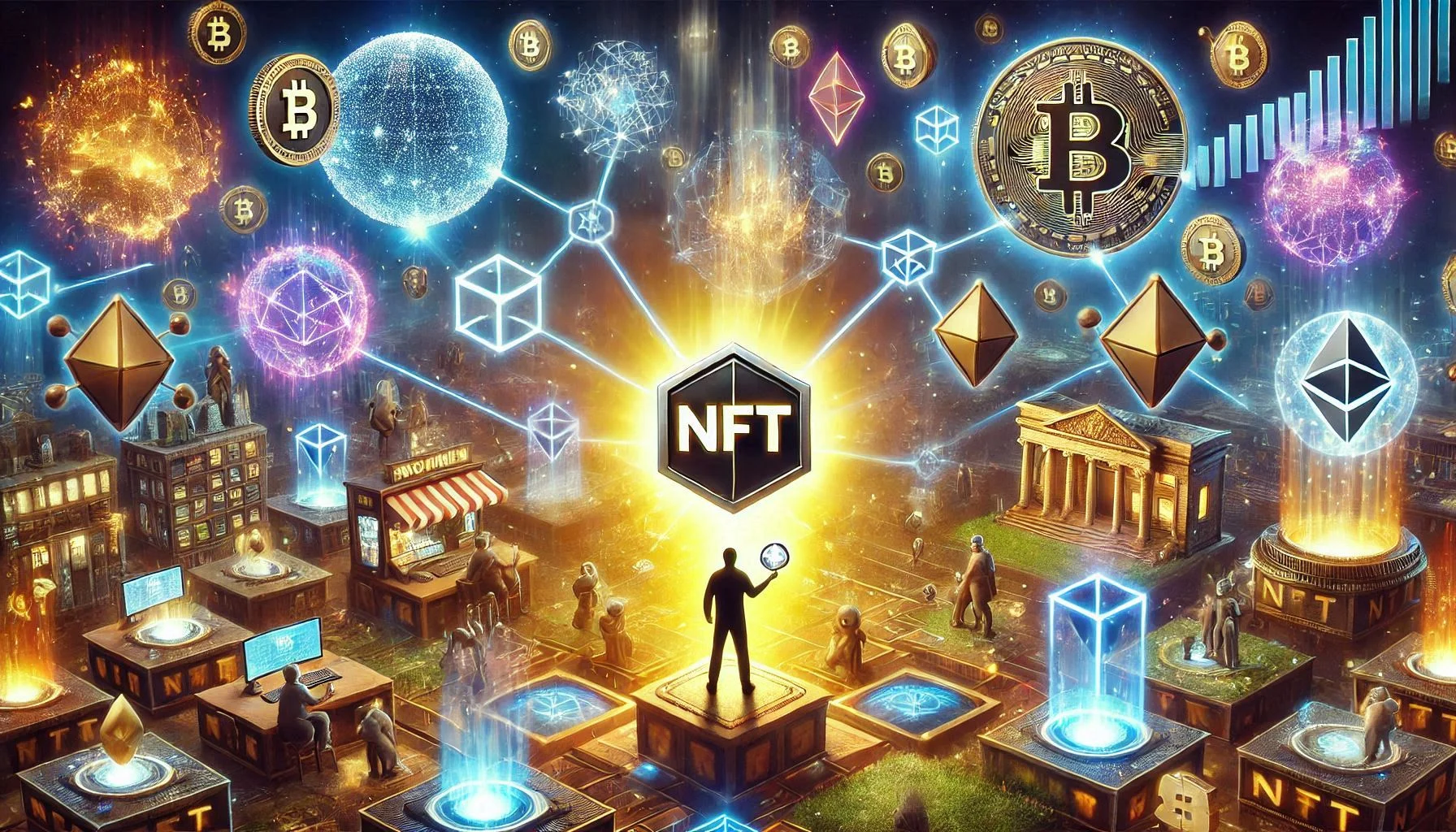NFTs and blockchain technology are reshaping the gaming world by offering true ownership of in-game assets, enabling decentralized economies, and providing new monetization models. Players can own, trade, and sell unique digital items (represented as NFTs), while blockchain ensures security and transparency. This technology also allows for interoperability, where assets can be used across different games, and fosters a play-to-earn (P2E) model, where players earn real-world value through gameplay. Despite challenges like environmental impact and market volatility, NFTs and blockchain are paving the way for a more dynamic and decentralized gaming ecosystem.
